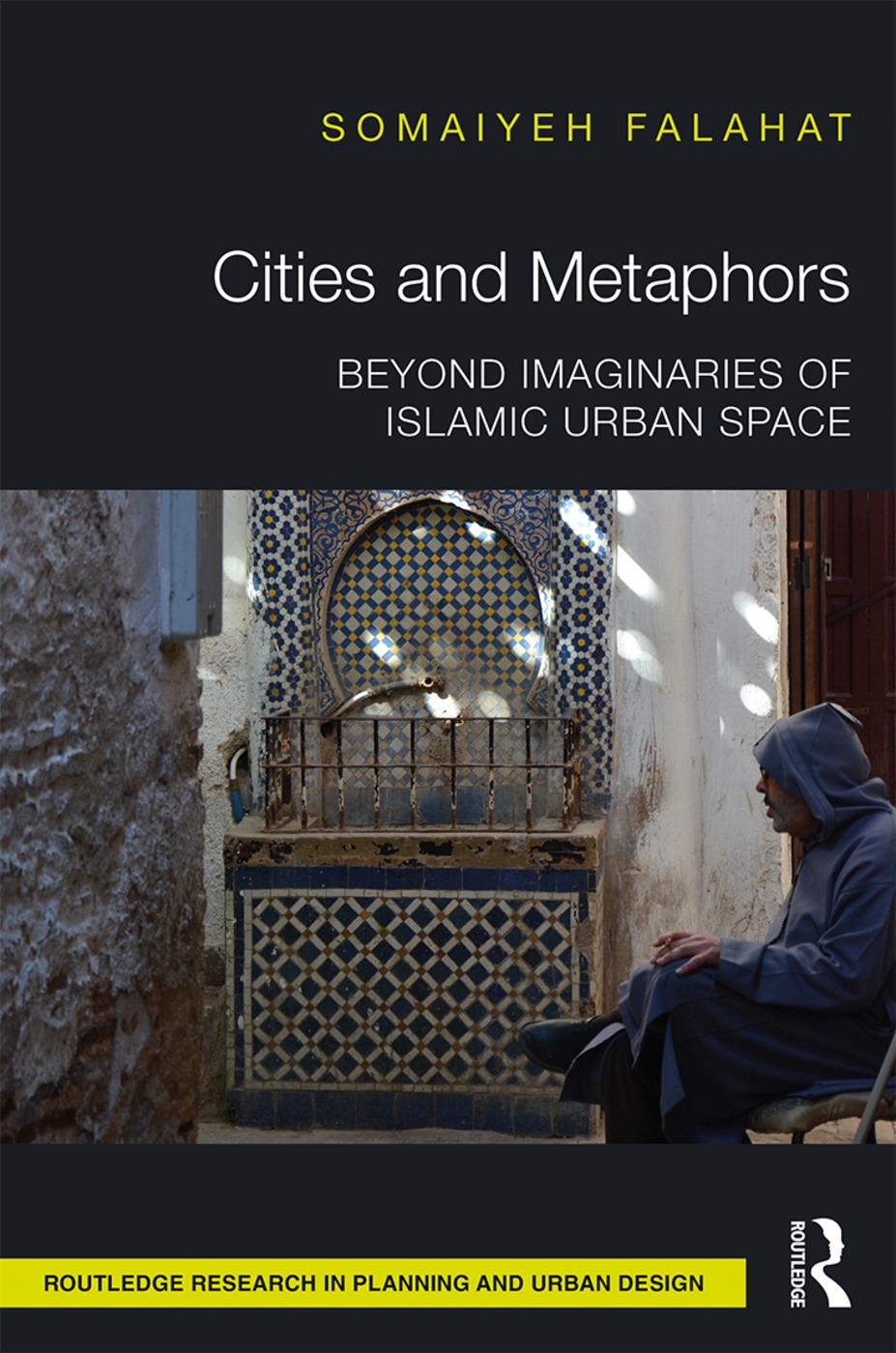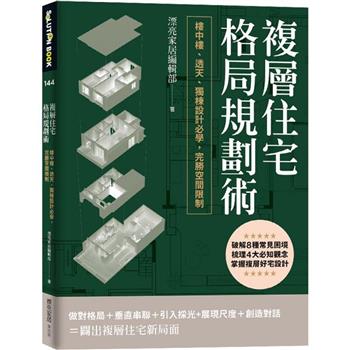Introducing a new concept of urban space, Cities and Metaphors encourages a theoretical realignment of how the city is seen, experienced and discussed.
In the context of Islamic city studies, relying on reasoning and rational thinking has reduced descriptive, vivid features of the urban space into a generic scientific framework. Phenomenological characteristics have consequently been ignored rather than integrated into theoretical components. The book argues that this results from a lack of appropriate conceptual vocabulary in our global body of scholarly literature. It challenges existing theories, introduces and applies the urban concept of Hezar-tu to rethink the spaces of Fez, Isfahan and Tunis. This tool inverts the principles of conceptualising urban space and constructs a staging-post towards a different articulation based on in-between spaces rather than nodes, a logic of ambiguity rather than determinacy, and interior rather than exterior thinking.
The book thus shows that new concepts derived from local contexts enable us to tailor our methods and theoretical structures to the idiosyncrasies of each city while retaining the global commonalities of all.

 看圖書介紹
看圖書介紹









![2026【補充延伸實務趨勢與議題】觀光資源概要(包括世界史地、觀光資源維護)[華語、外語領隊人員][二十一版](領隊華語人員/外語人員) 2026【補充延伸實務趨勢與議題】觀光資源概要(包括世界史地、觀光資源維護)[華語、外語領隊人員][二十一版](領隊華語人員/外語人員)](https://media.taaze.tw/showLargeImage.html?sc=14100126915)
